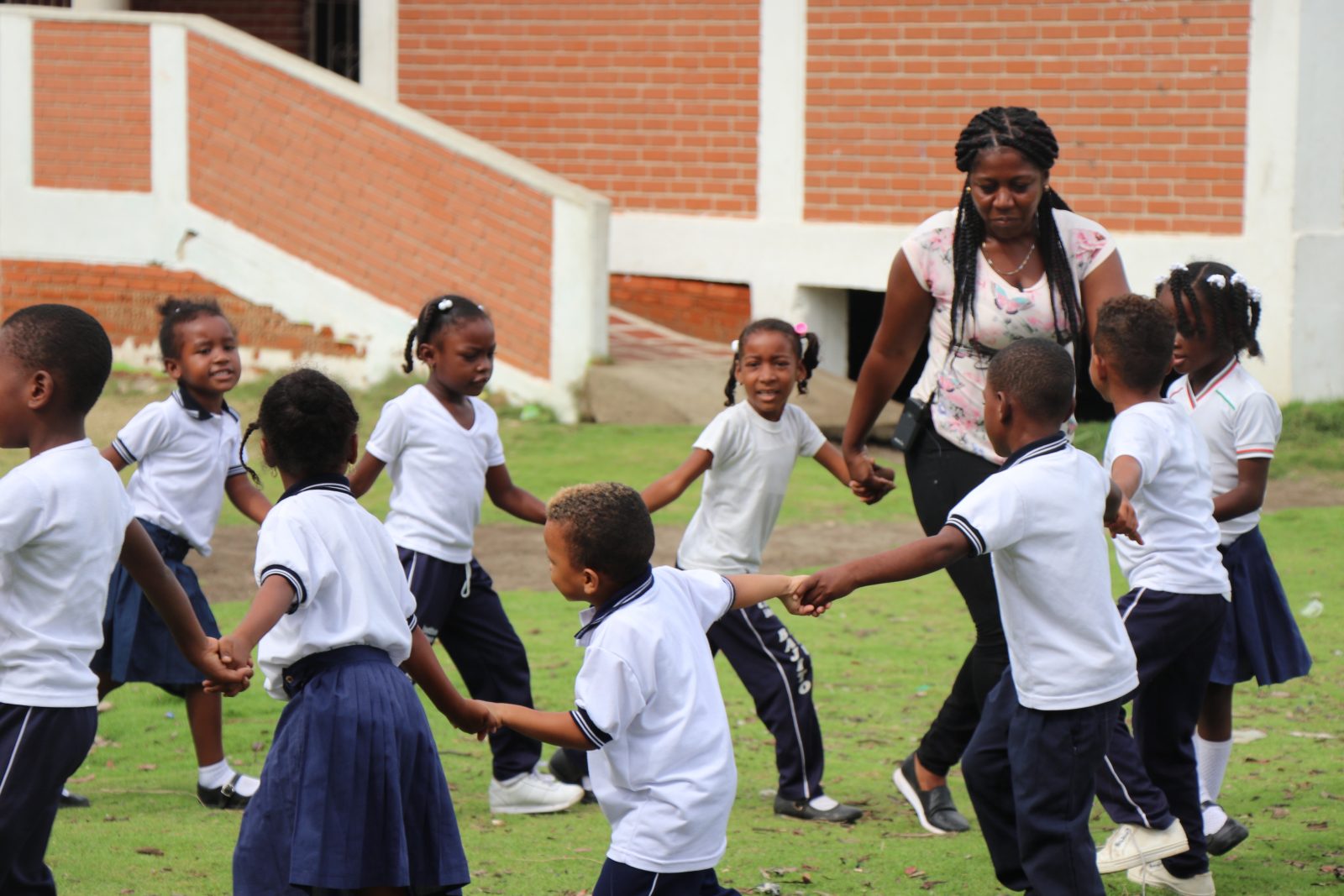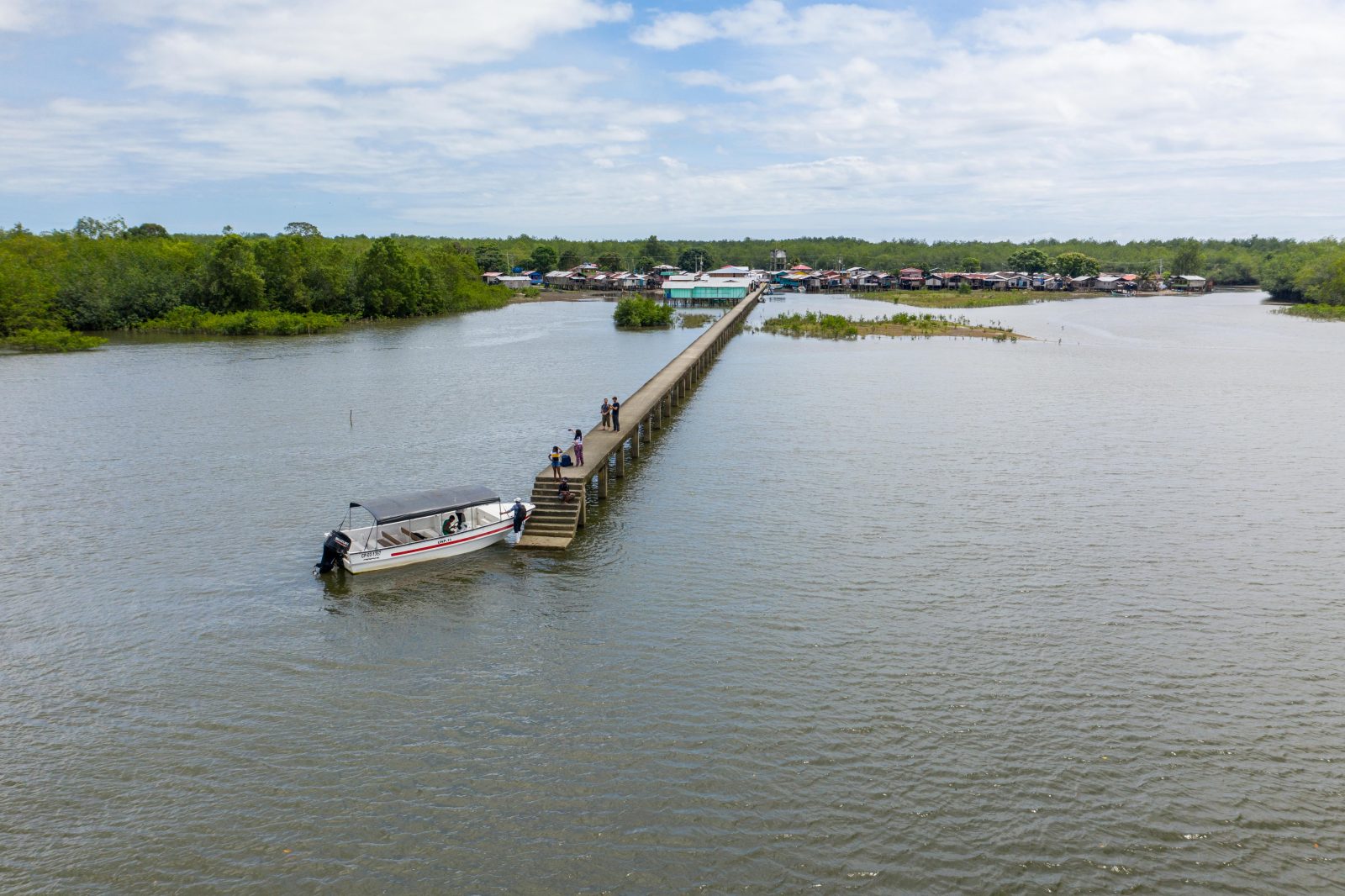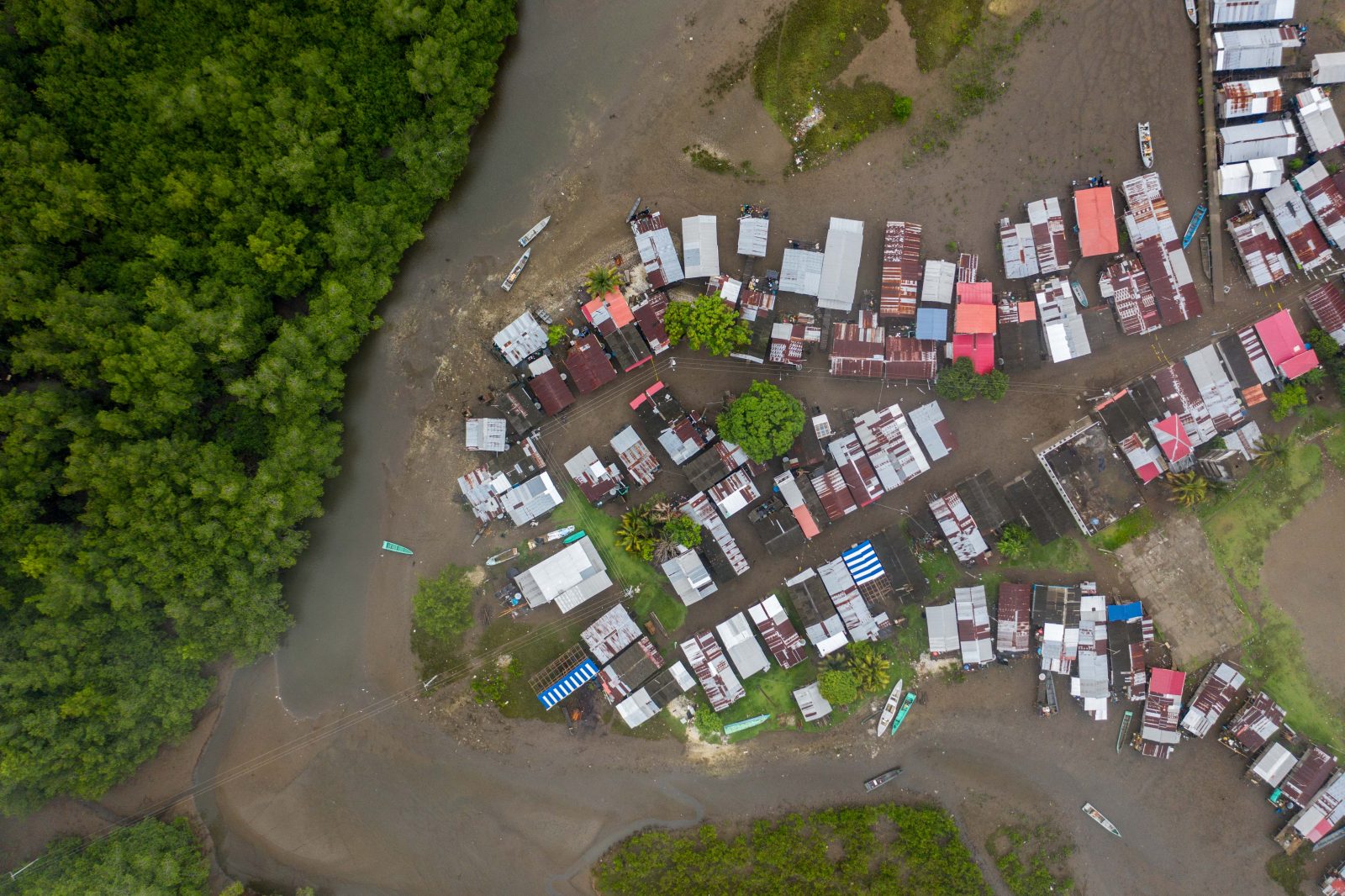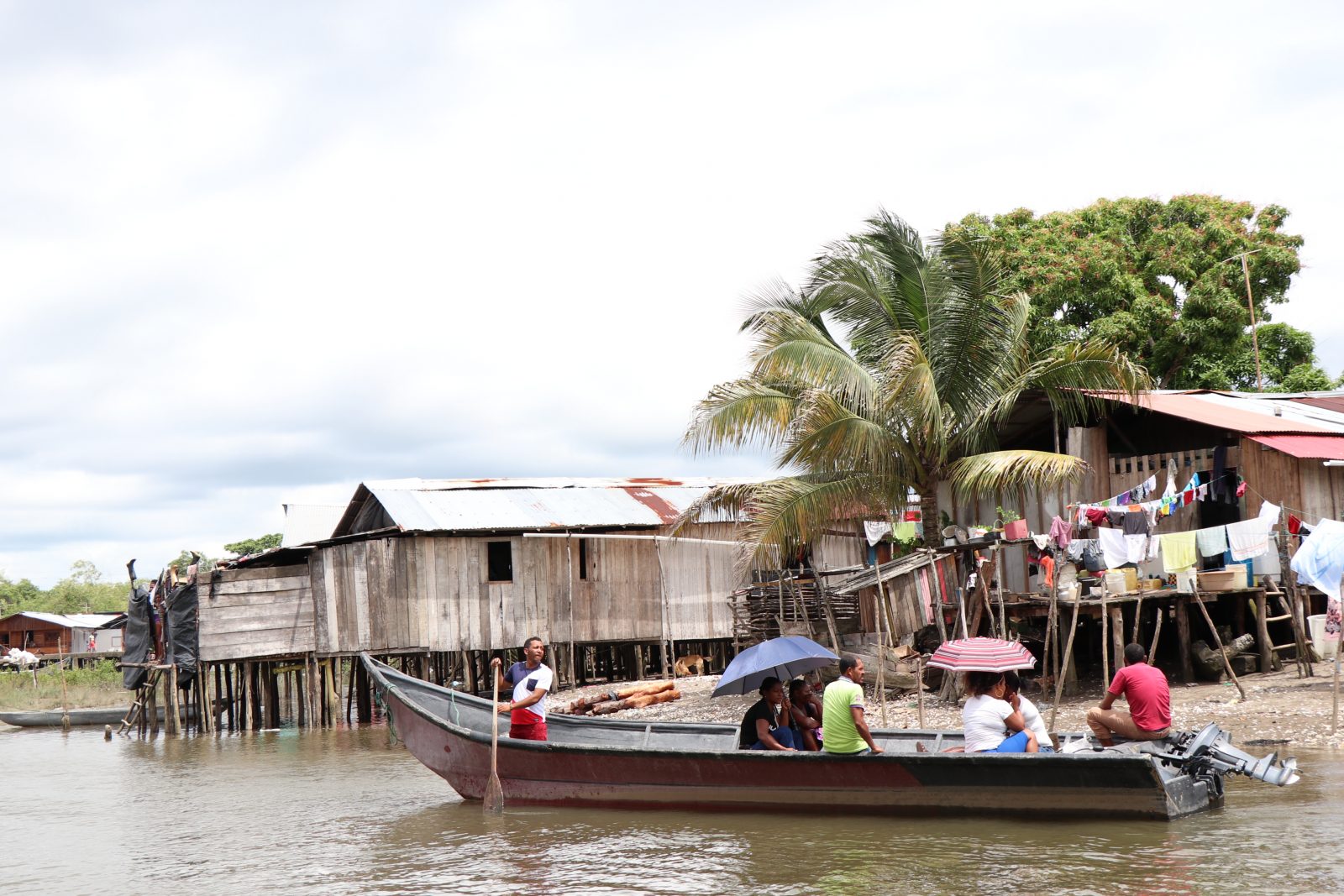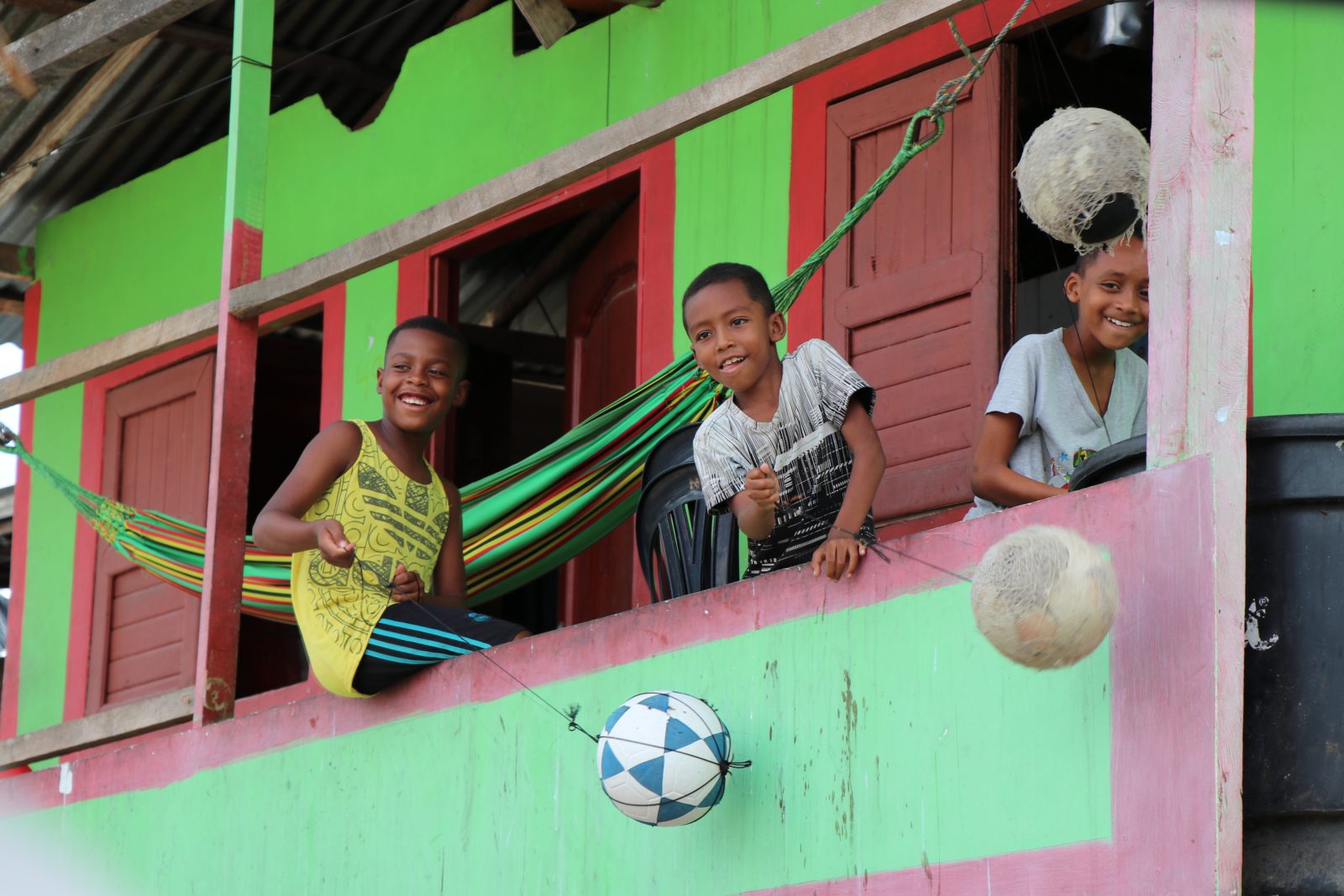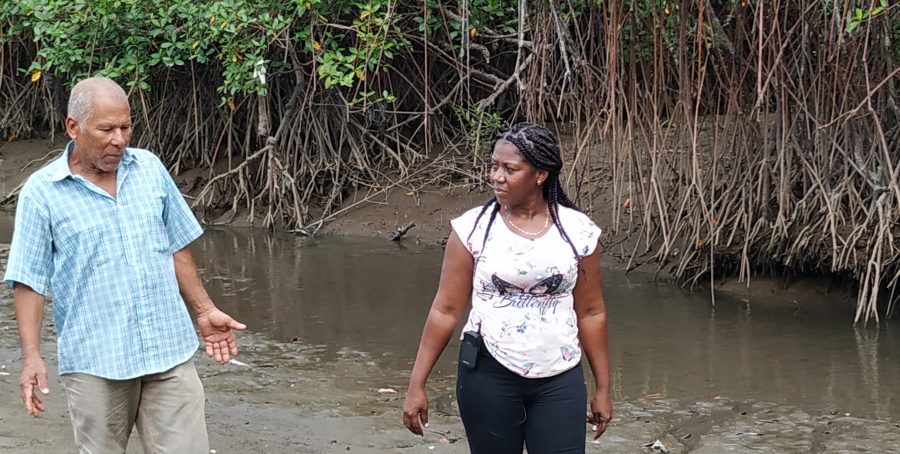Recently, I took a walk on the beach and saw a lot of very tiny fishes thrown away in the sand. Knowing that small fish were extracted by fishermen who could not sell or eat them because of their size, it was hard for me to see — these fish died for no reason. It symbolises a lack of knowledge about the impact our actions have on the ecosystems, which are our main source of food and income.
Many fishermen catch more fish than they should or need. Others catch undersized, juvenile fish, use prohibited gear, or dump garbage in the ocean. Another issue is cutting the mangrove trees that are of incredible value to our coastal life. All of these are great challenges, and they only confirm that we need to work together to overcome them.
In the Council, we defined a plan to restore our mangrove forests and primarily conserve the ones we still have in the area. The only way to achieve this is by increasing awareness about their importance and the wealth this ecosystem creates. We use scientific evidence provided by other organisations in these activities, but mainly base our communication and educational activities on ancestral, cultural and spiritual knowledge.
